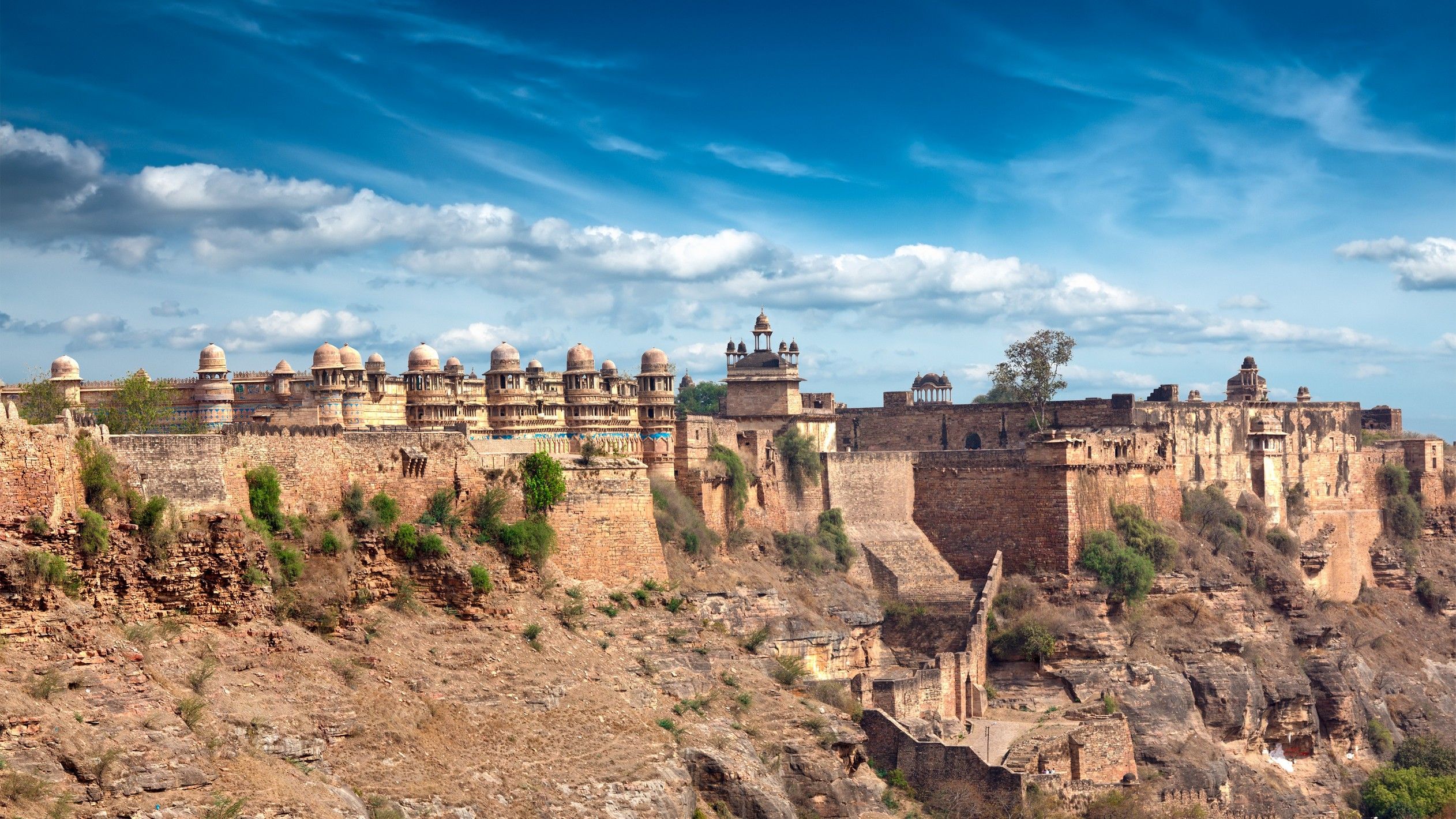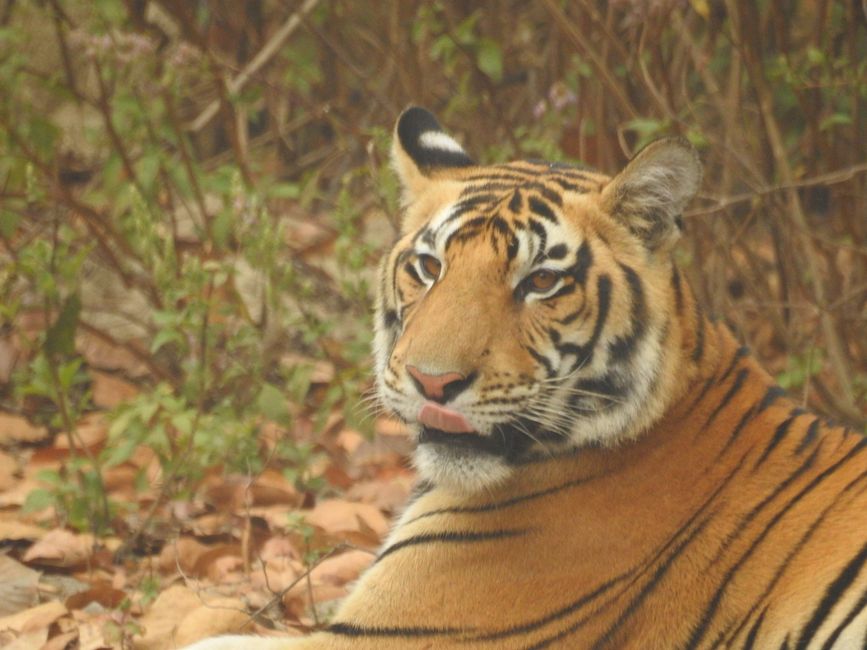
steiners-incredible-india-2024
vakantio.de/steiners-incredible-india-2024
BLOG 16: Pushkar & the holy lake
Cyhoeddwyd: 17.03.2024
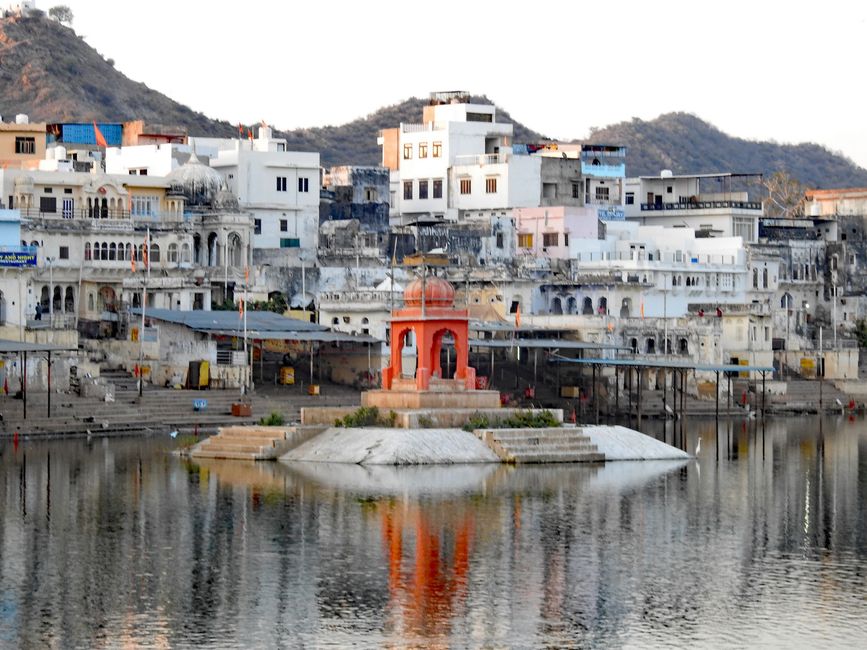

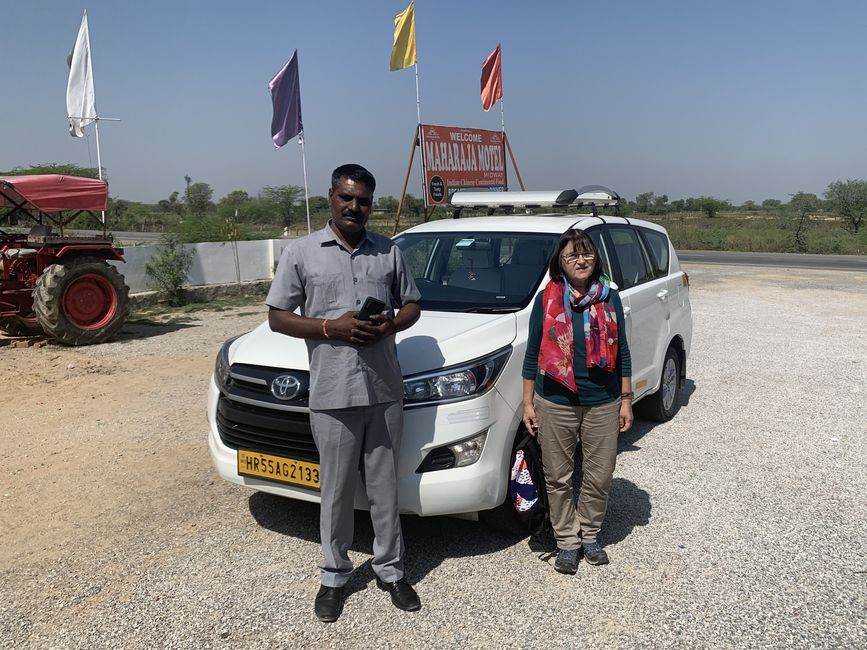

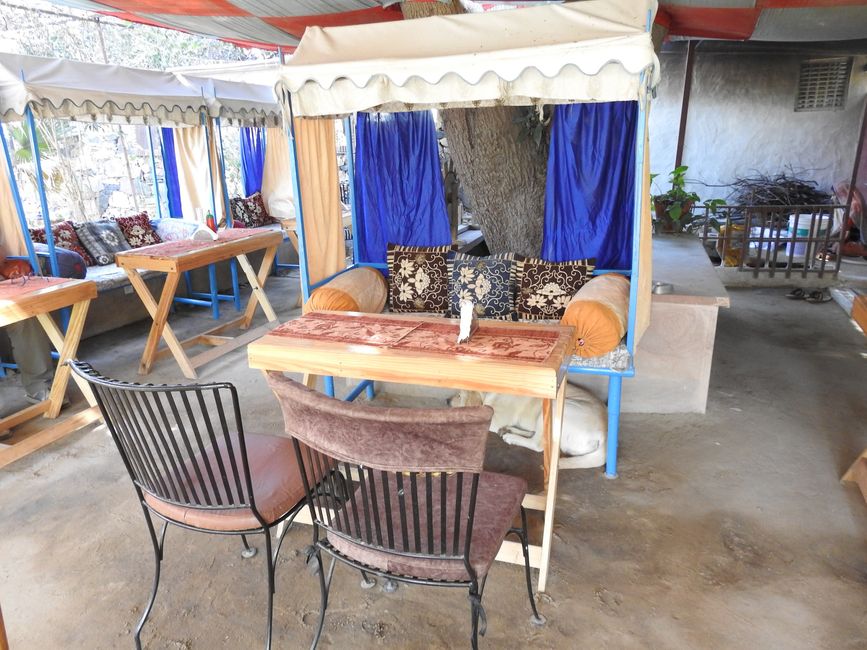
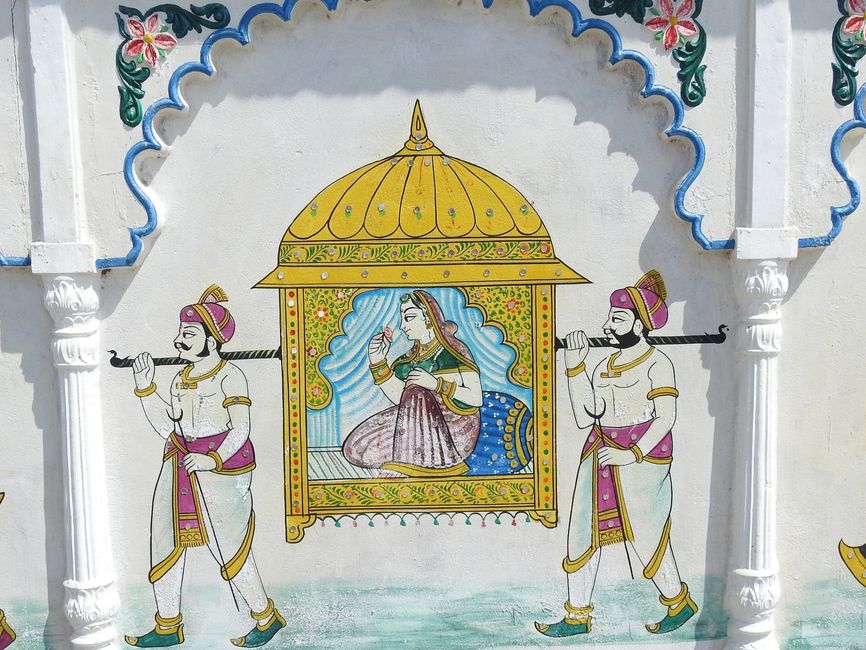
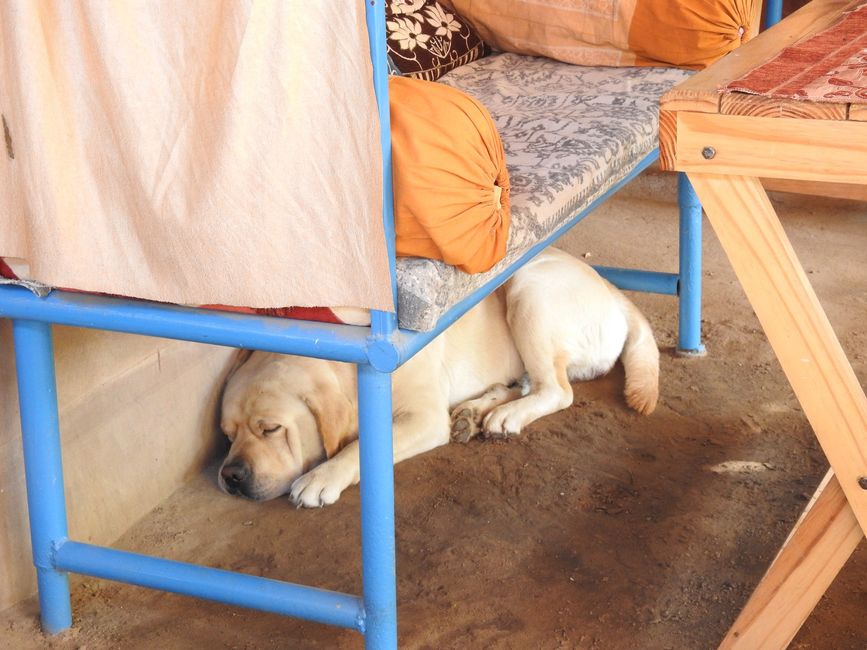

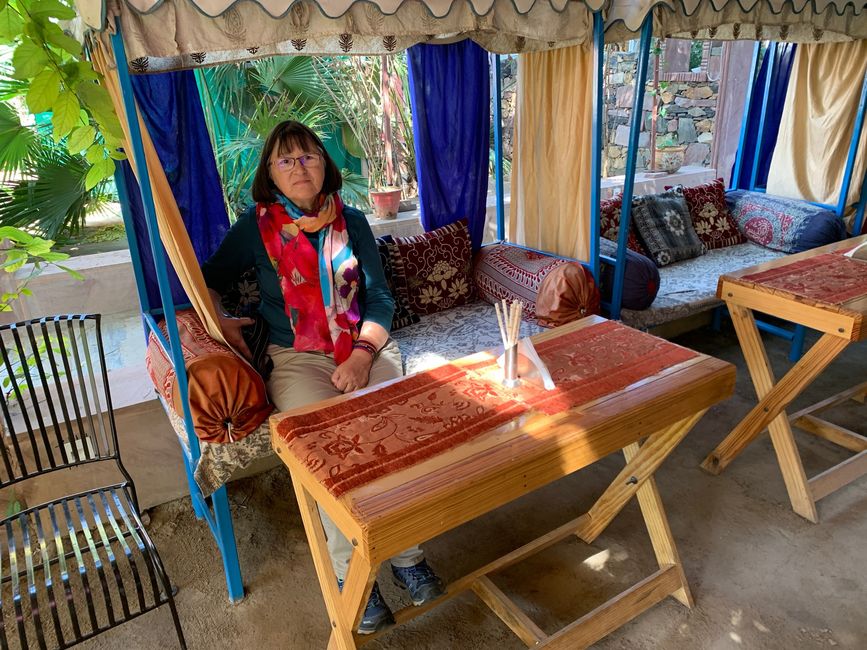
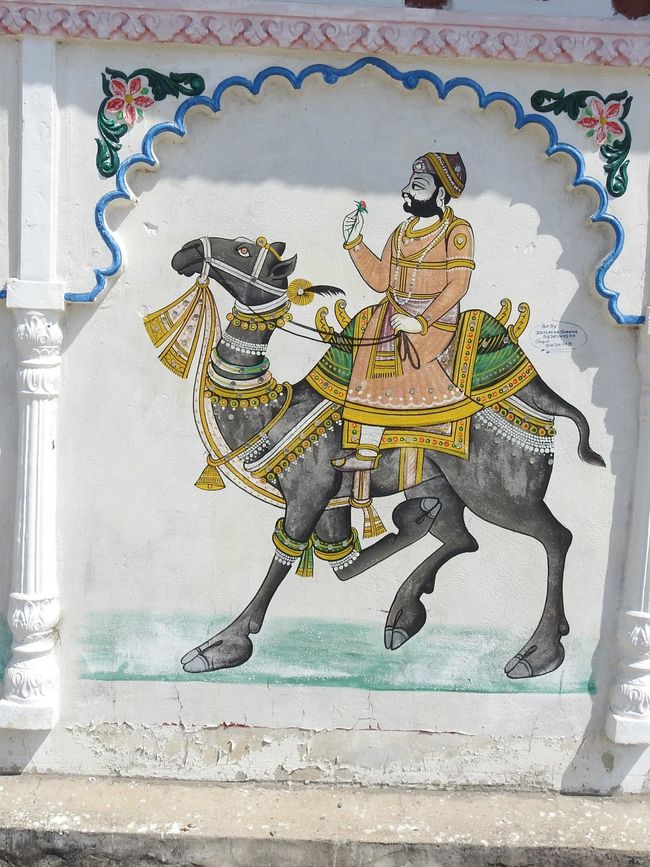
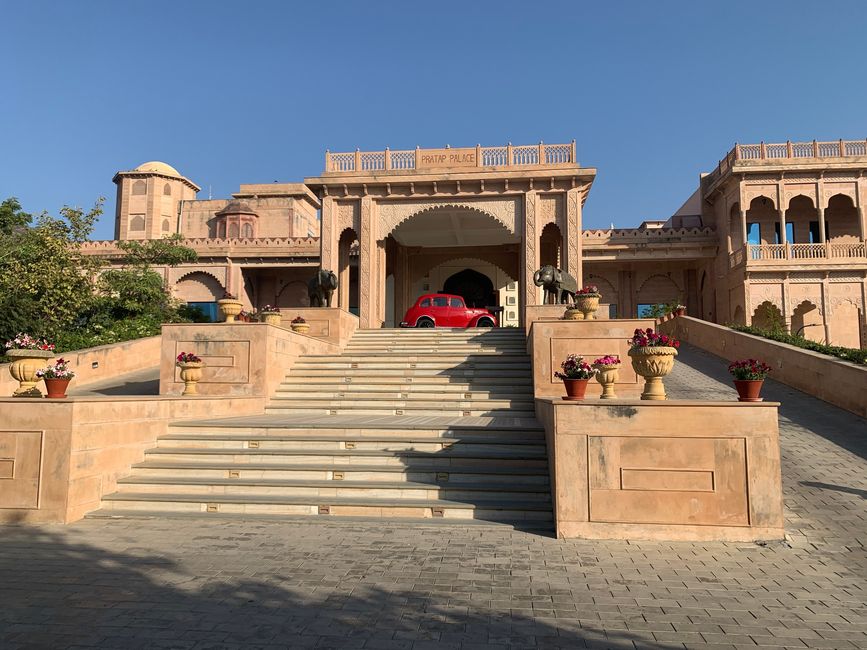
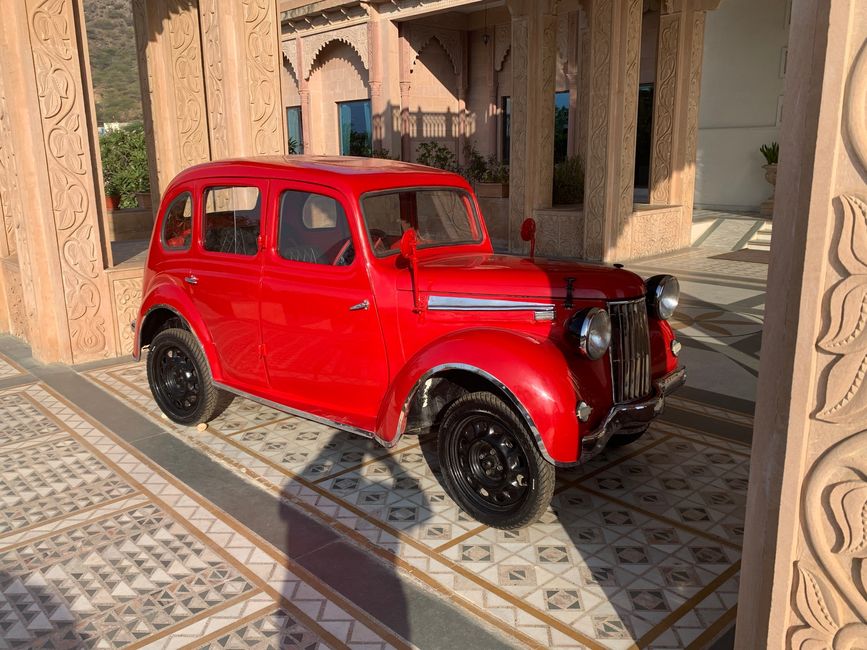


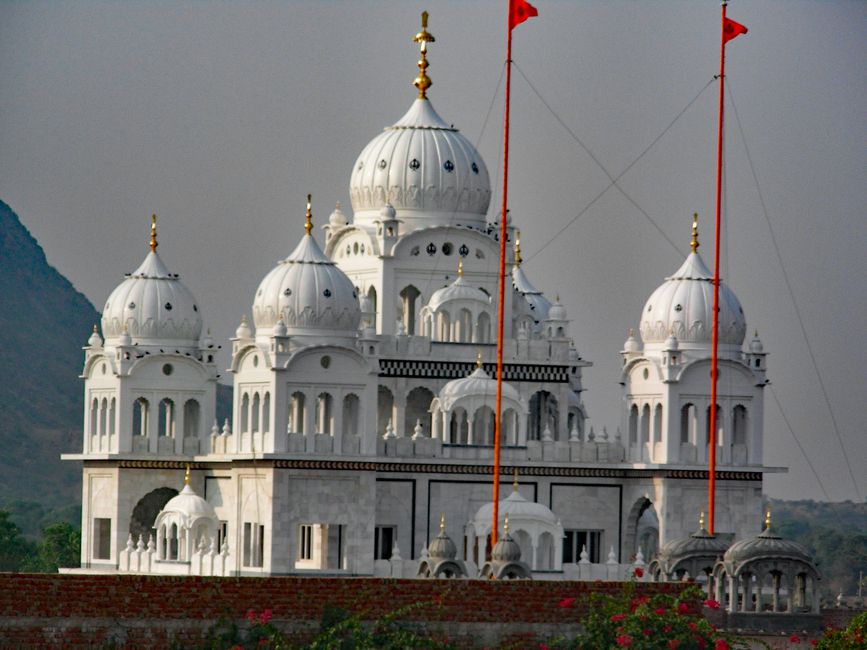

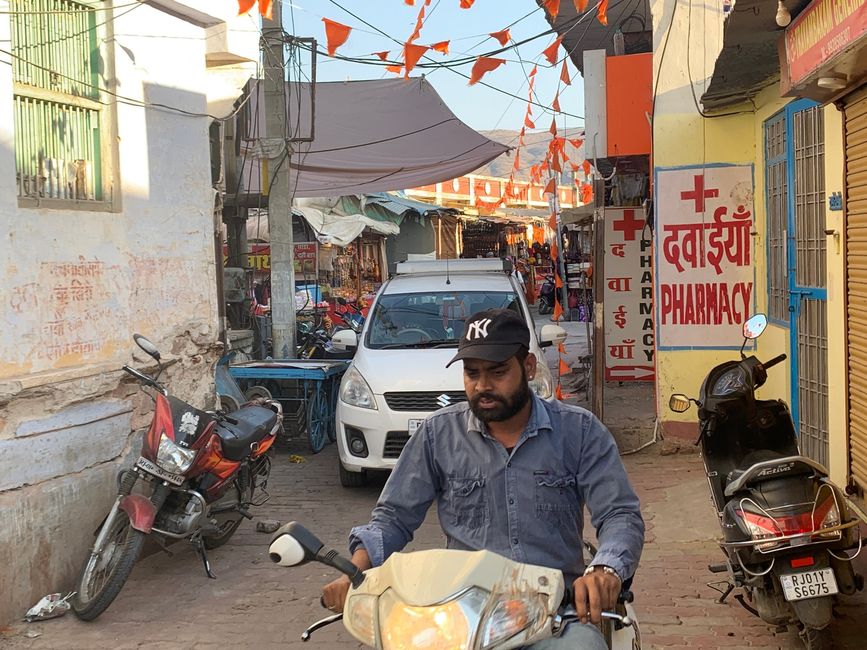

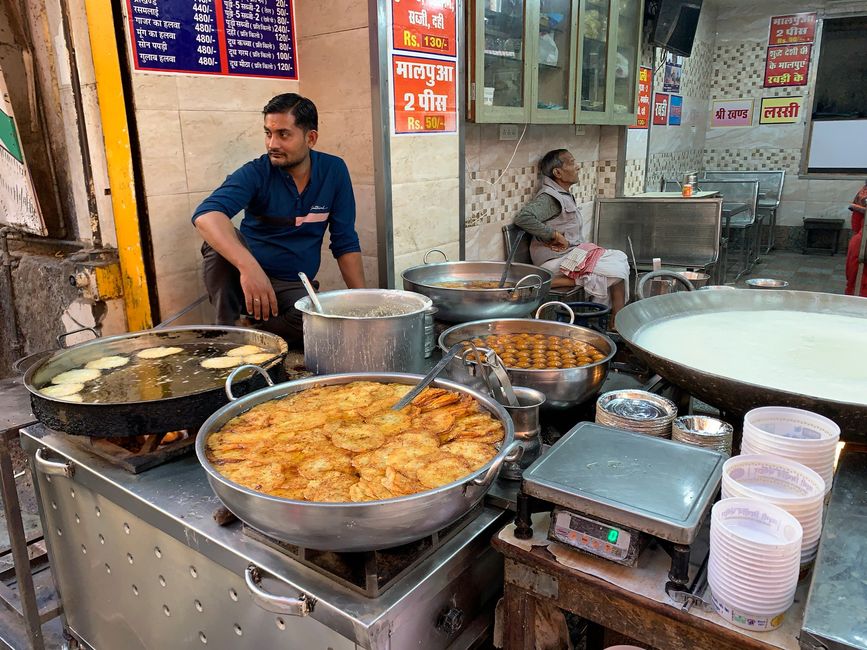

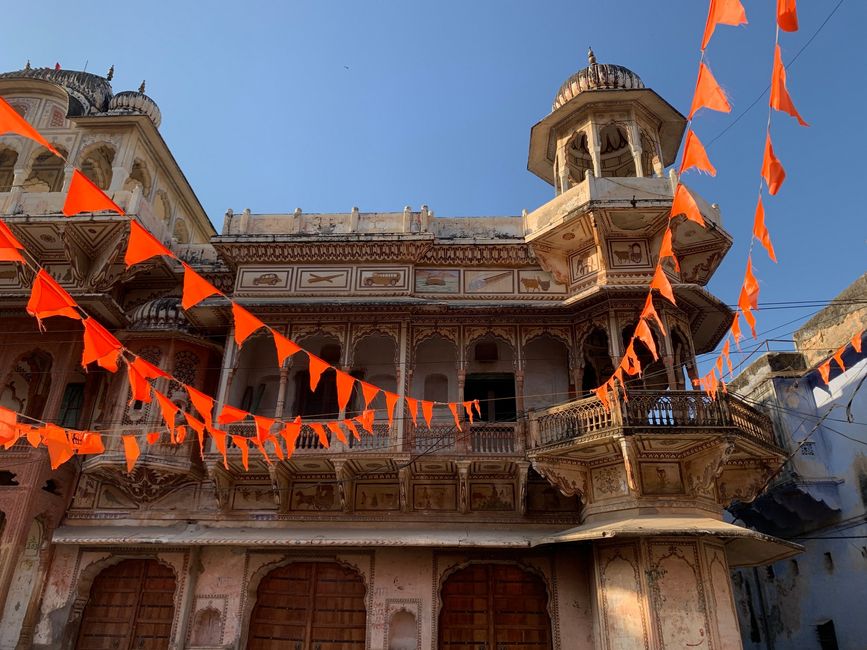
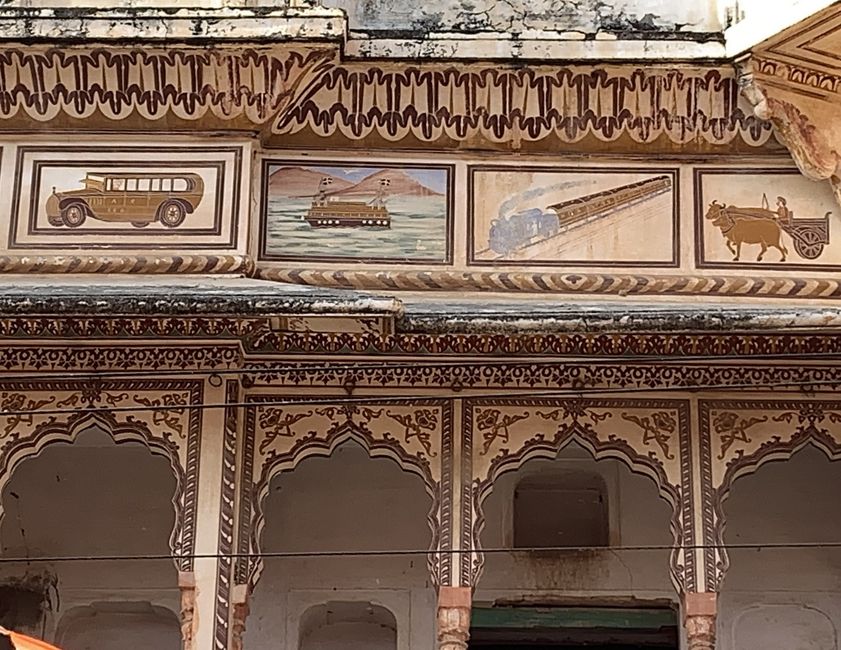
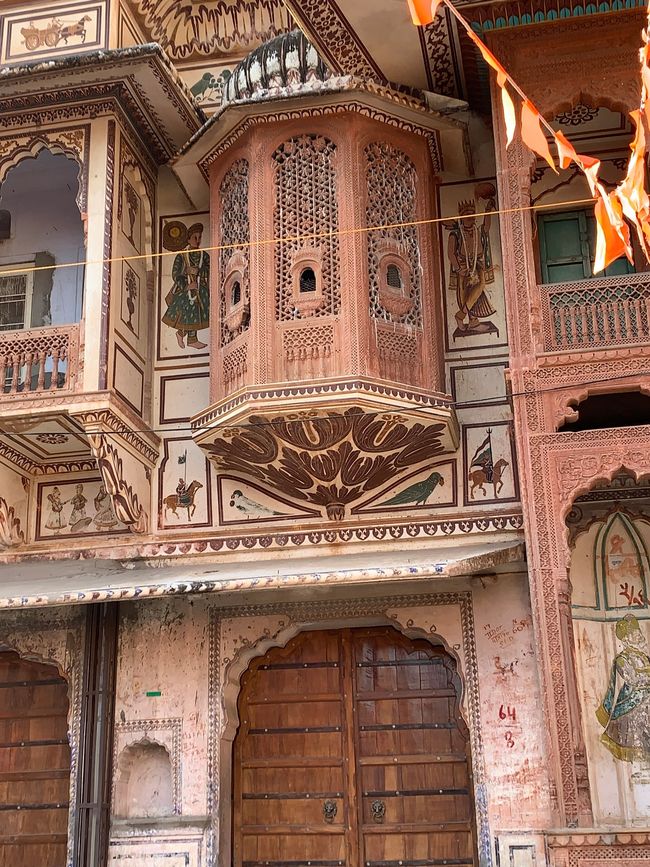
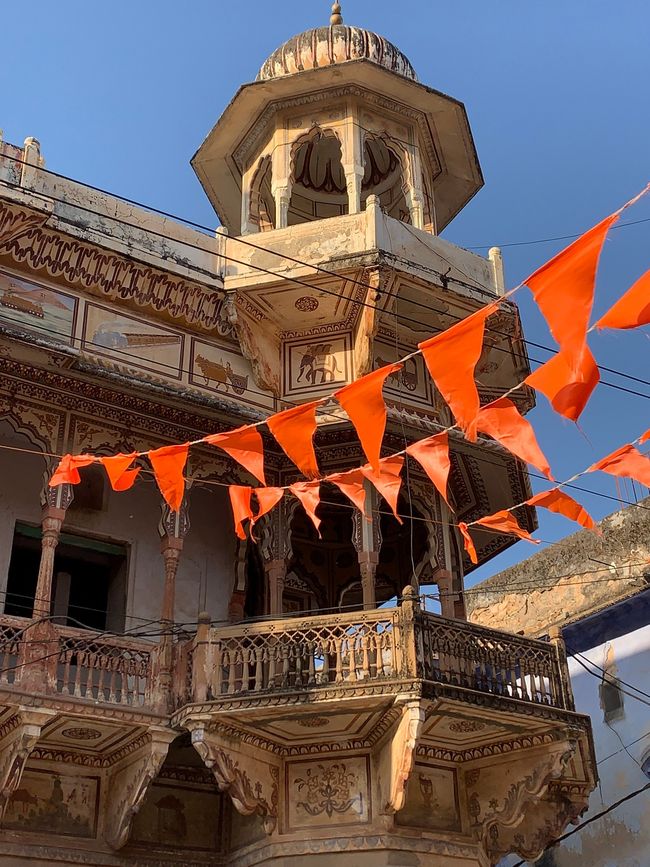
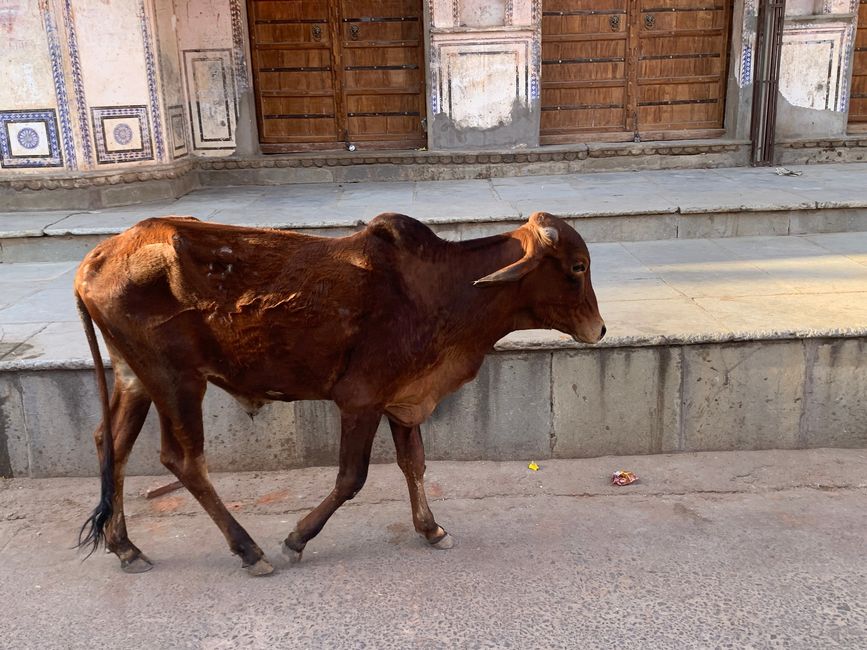
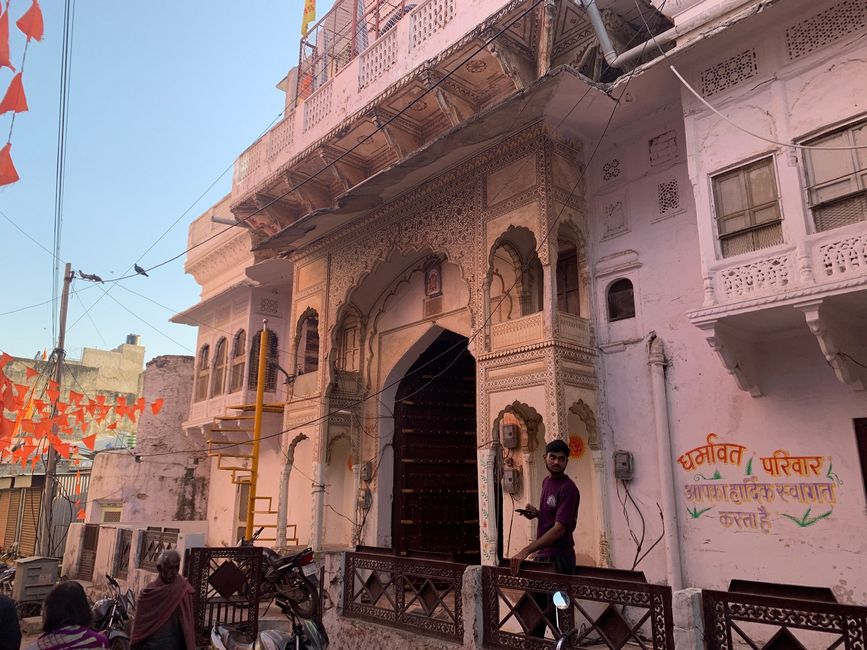
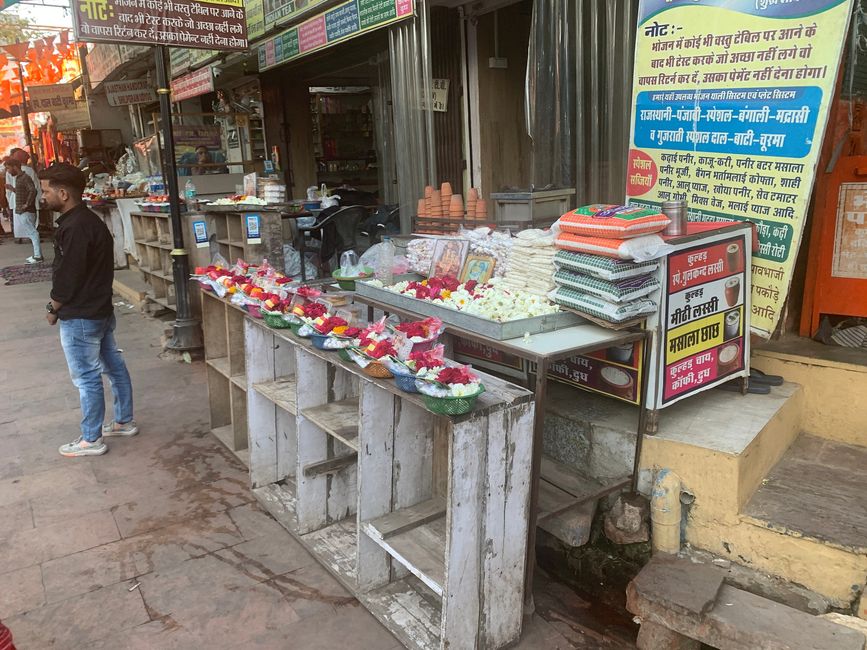
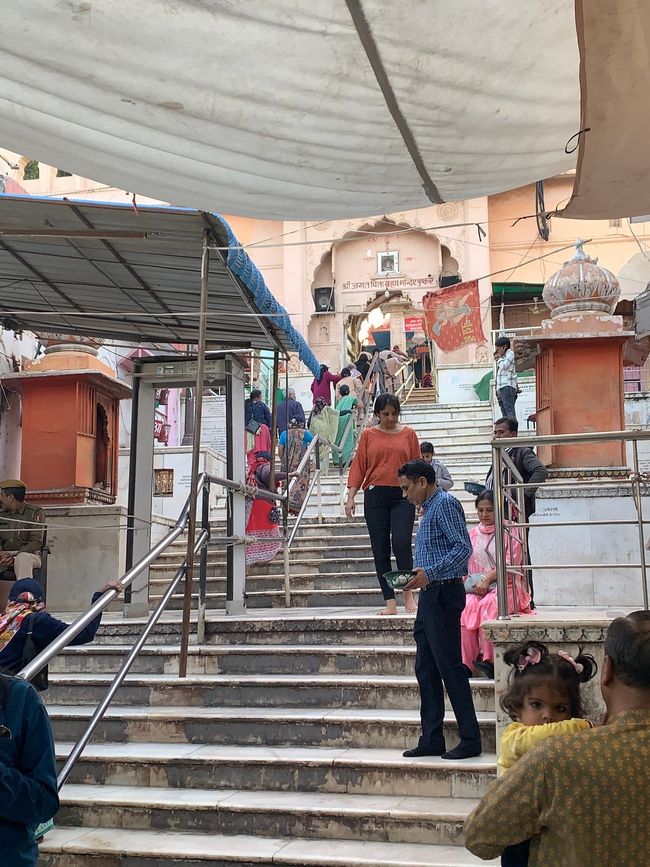
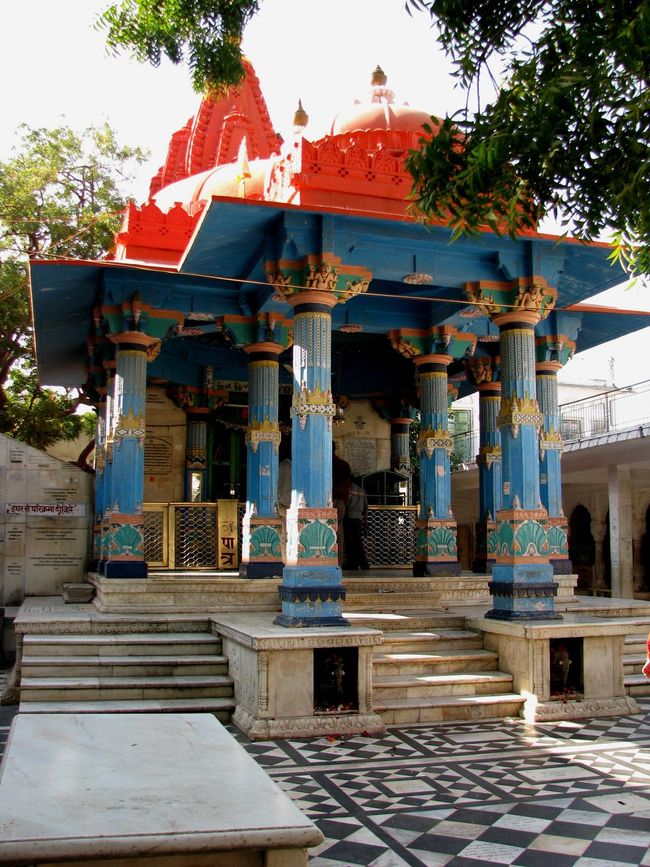
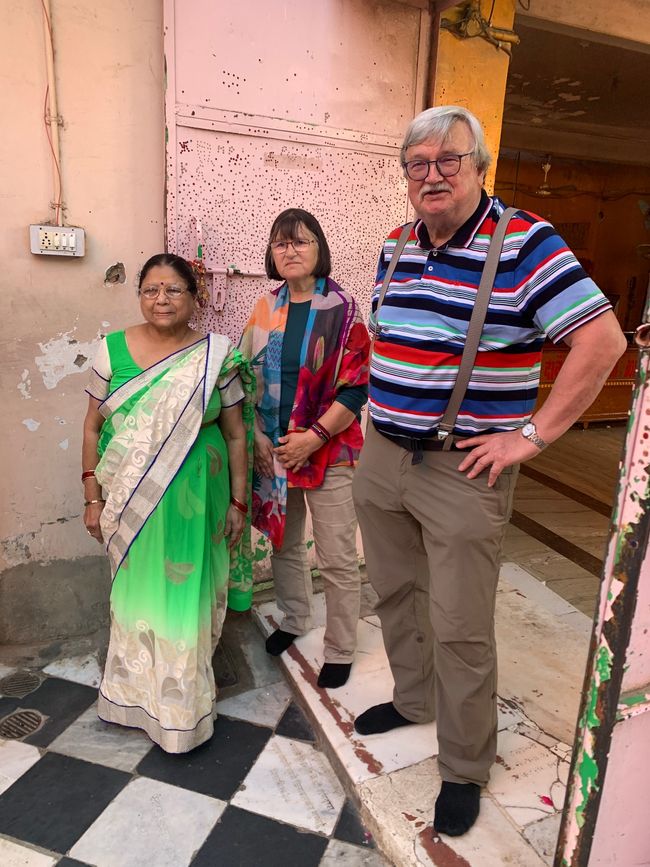
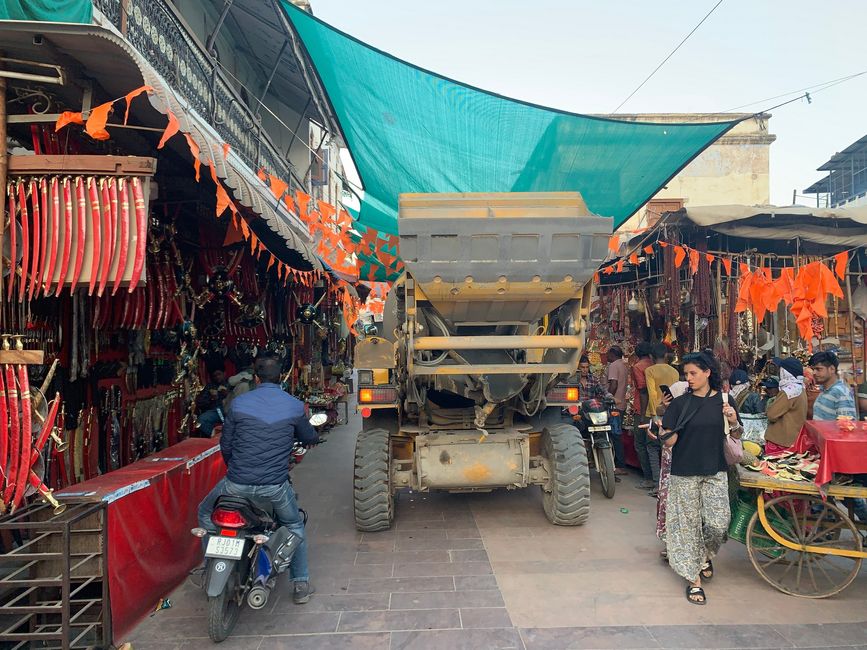
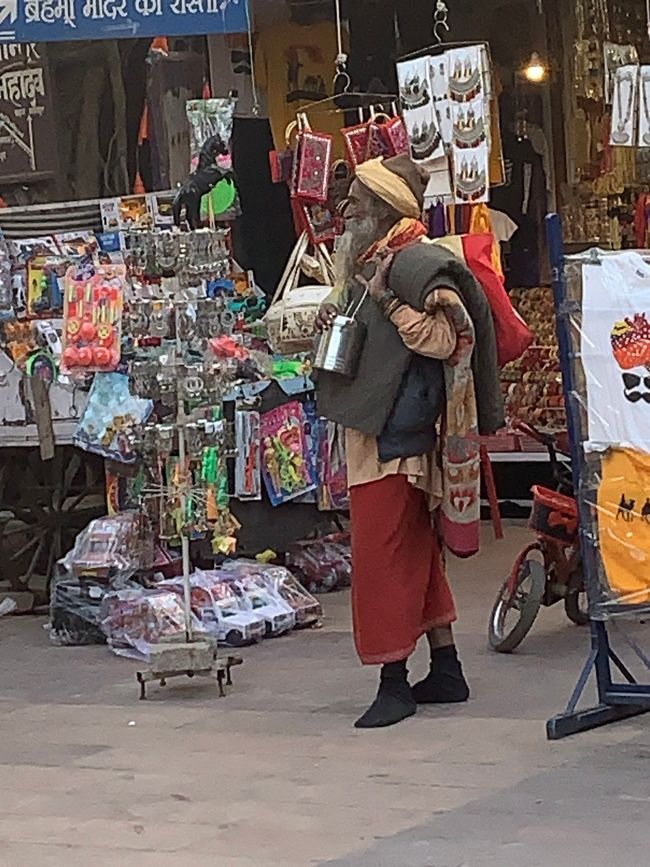
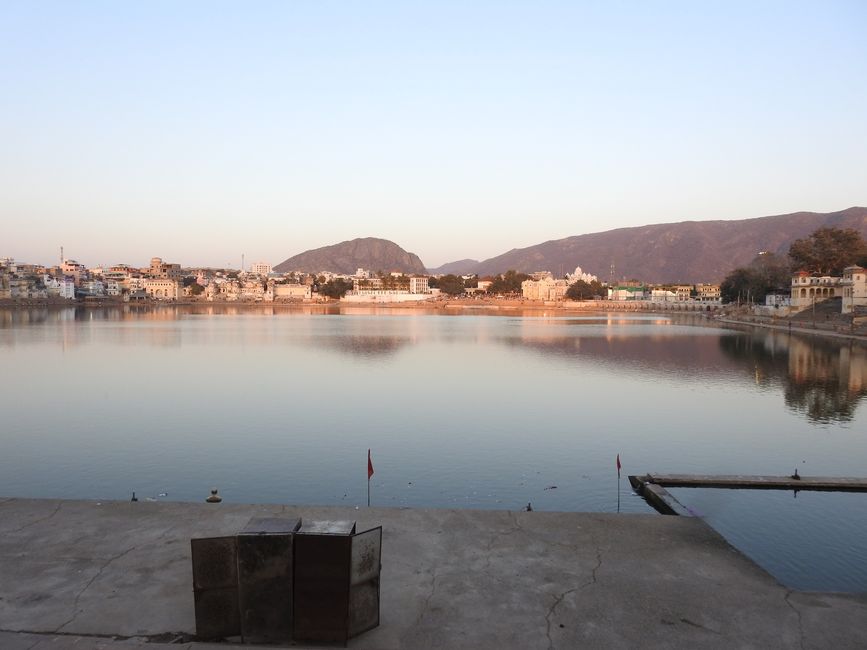
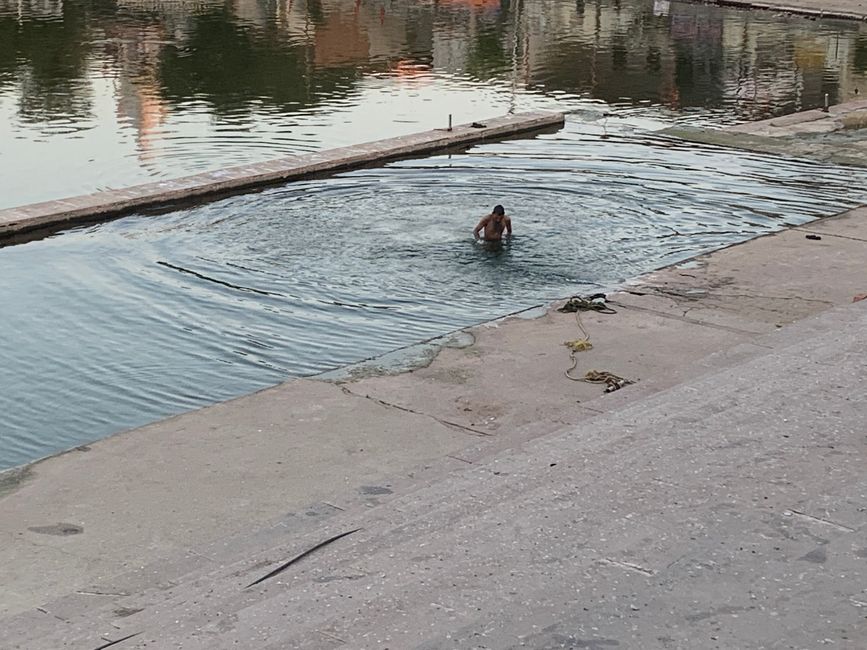
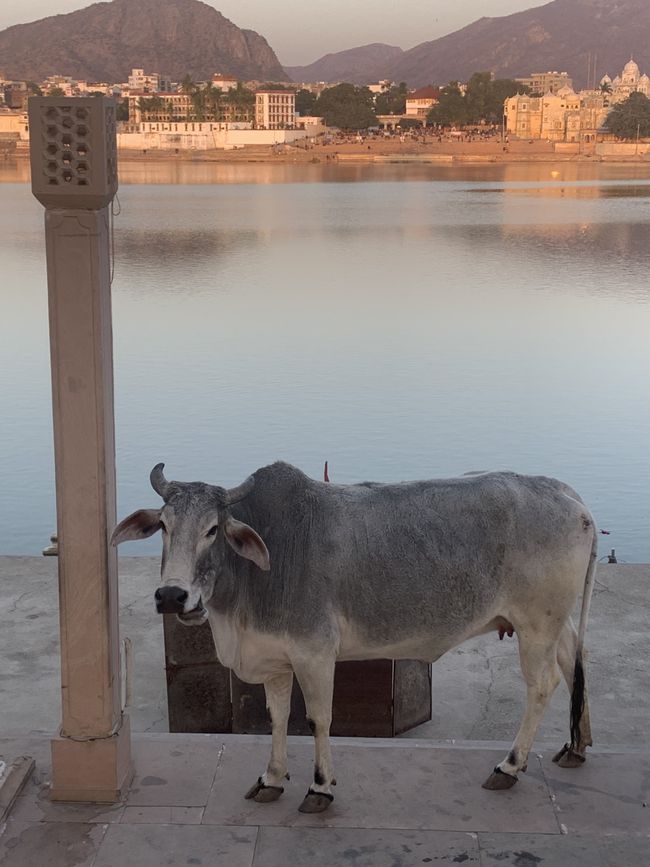
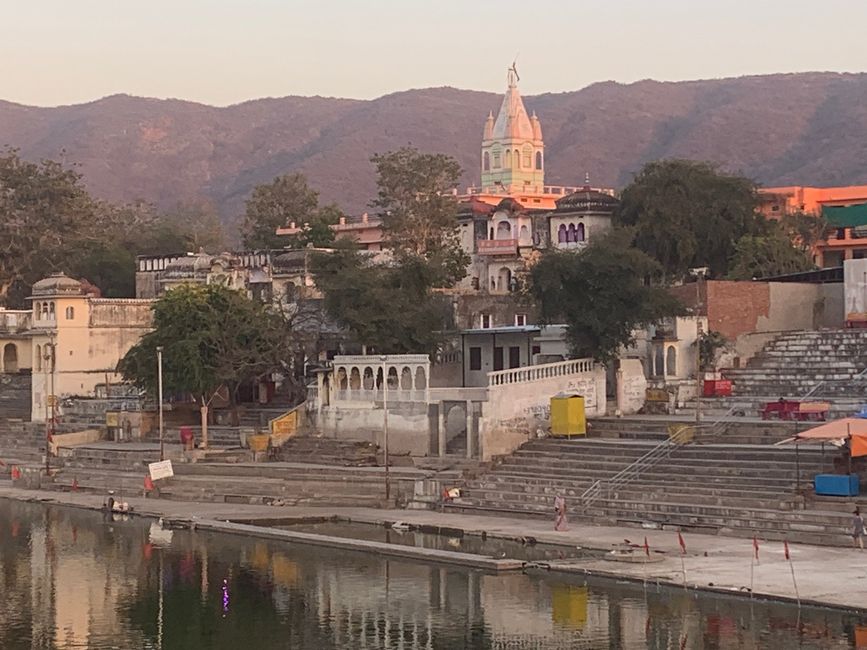
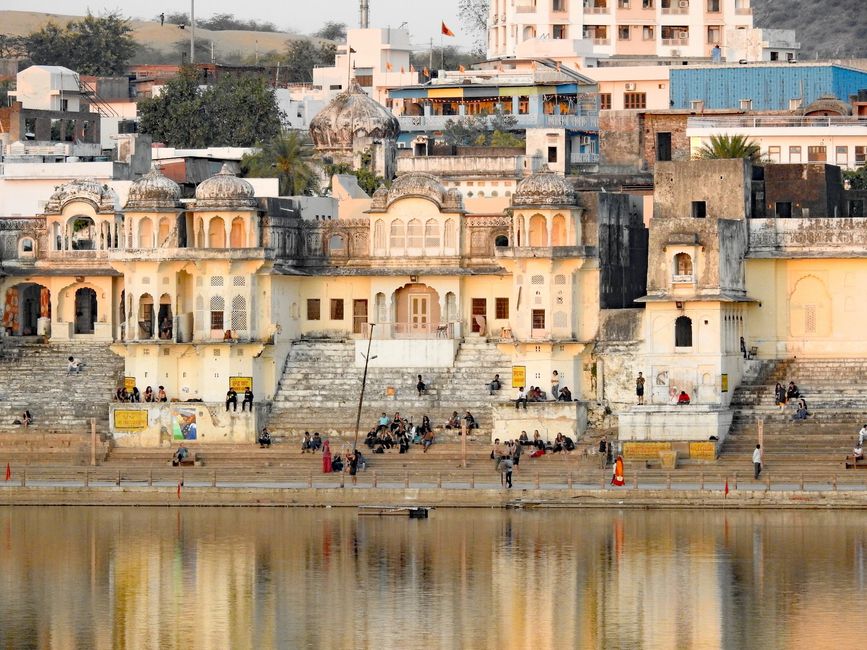
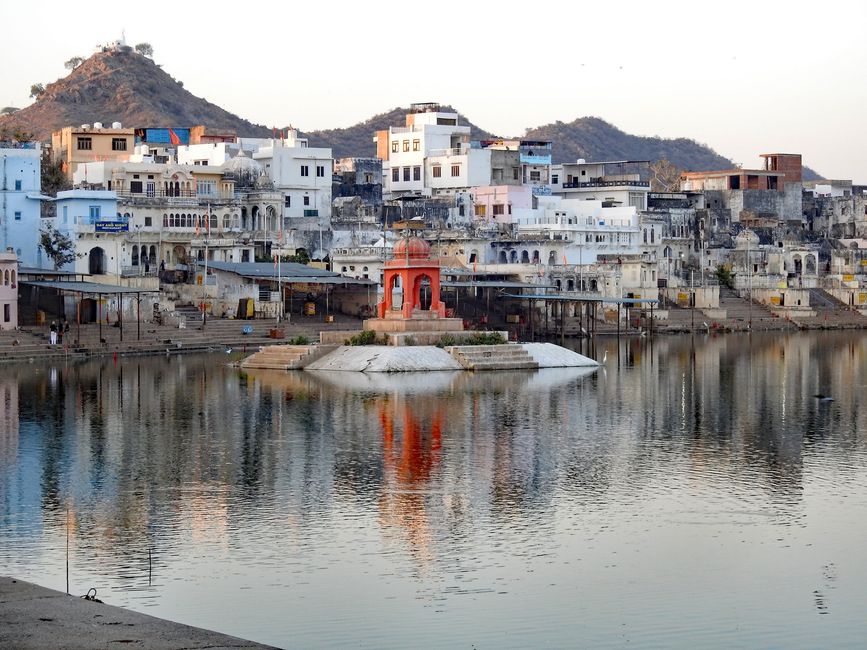
Tanysgrifio i'r Cylchlythyr
On the way, our driver heads for one of the not so rare beautiful rest stops, this one offers a relaxing break for all travelers, whether traveling by horse, elephant, camel, sedan chair or car.
Our next destination is the small town of Pushkar on the “Holy Lake” of the same name with a variety of temples, particularly the Sikh Temple (Gurudwara) Singh Sabha and Jagatpita Brahma Mandir, the only Hindu temple in India dedicated to the god Brahma are interesting.
Our Indian tour organizer had informed us that we would not be staying in the planned hotel, but in another one, which was also very good and even better located for our purposes, as the original one was almost entirely occupied for a wedding. We have already “enjoyed” the – for us – terrible background noise of such a local wedding with booming bass in Bhopal twice, so we were quite happy about this change. February/March is a very popular time for weddings in India.
First we visit the Gurudwara Singh Sabha. It has great spiritual significance for the Sikh community and is one of the most important Gurudwaras in the region. The Gurudwara commemorates the visit of Guru Nanak Dev in 1509 and Guru Gobind Singh in 1706, the first and tenth gurus of Sikhism. Apart from spiritual activities, the Gurudwara plays a crucial role in serving the community through 'Langar' or community kitchen, which provides free meals to all visitors, irrespective of their religion or ethnicity.
Again we go through narrow streets full of lively life - of course there is "Indian life", but we not only miss the many "Westerners" - often obviously dropout freaks - but also the already large number of souvenir shops... Some palaces The 19th century are also on the way.
The destination is the Jagatpita Brahma Mandir, the famous Brahma temple from the 14th century. After you have overcome the very steep stairs, you stand in front of the inner temple. Photography is forbidden, which doesn't stop an Indian family from asking us to take a photo with their grandma. Taking photos with foreigners is a popular sport in India.
We walk along the ghats (access steps) to Pushkar Lake - it is considered the holiest place in the city of Pushkar. It is believed that this pious lake came into being when a lotus flower fell from the hand of Lord Brahma and is said to be as old as creation itself. It is said that taking a dip in the waters of the lake during 'Kartik Poornima' The main religious festival in Pushkar, which is equivalent to a centuries-old implementation of “yagnas” (ritual sacrifices).
-------------------------------------------------- ---------------------------
On the way, our driver heads for one of the not so rare beautiful rest stations, this one offers a relaxing break for all travelers, whether traveling by horse, elephant, camel, sedan chair or car.
Our next destination is the small town of Pushkar on the “Holy Lake” of the same name with a variety of temples, particularly the Sikh Temple (Gurudwara) Singh Sabha and Jagatpita Brahma Mandir, the only Hindu temple in India dedicated to the god Brahma are interesting.
Our Indian tour organizer had informed us that we would not be staying in the planned hotel, but in another one, which was also very good and even better located for our purposes, as the original one was almost entirely occupied for a wedding. We have already “enjoyed” the – for us – terrible background noise music of such a local wedding with booming bass in Bhopal twice, so we were quite happy about this change. February/March is a very popular time for weddings in India.
First we visit the Gurudwara Singh Sabha. It has great spiritual significance for the Sikh community and is one of the most important Gurudwaras in the region. The Gurudwara commemorates the visit of Guru Nanak Dev in 1509 and Guru Gobind Singh in 1706, the first and tenth gurus of Sikhism. Apart from spiritual activities, the Gurudwara plays a crucial role in serving the community through 'Langar' or community kitchen, which provides free meals to all visitors, regardless of their religion or ethnicity.
Again we walk through narrow streets full of life - of course there is "Indian life", but here we not only notice many "Westerners" - often obviously dropout freaks - but also the already large number of souvenir shops... There are also some 19th century palaces along the way.
The destination is the Jagatpita Brahma Mandir, the famous Brahma temple from the 14th century. After you have overcome the very steep stairs, you stand in front of the inner temple. Photography is forbidden, which doesn't stop an Indian family from asking us to take a photo with their grandma. Taking photos with foreigners is a popular sport in India.
We walk along the ghats (access steps) to Pushkar Lake - it is considered the holiest place in the city of Pushkar. It is believed that this lake was created by a lotus flower falling down from the hand of Lord Brahma and is said to be as old as creation of world itself. It is said that taking a dip in the waters of the lake during 'Kartik Poornima' The main religious festival in Pushkar, is equivalent to a centuries-long practice of “yagnas” (ritual sacrifices).
Tanysgrifio i'r Cylchlythyr
Ateb

Adroddiadau teithio India
